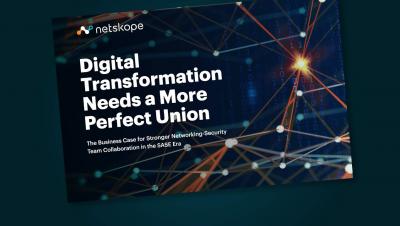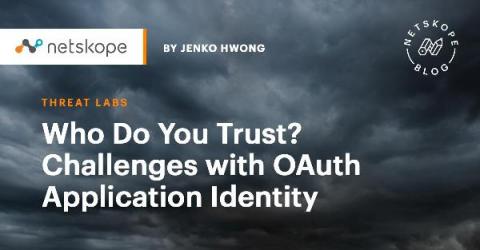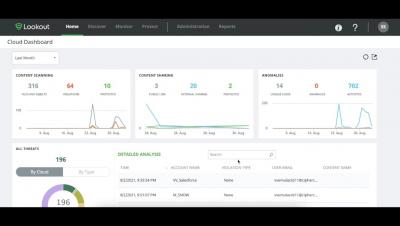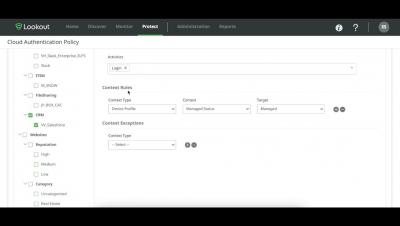Security | Threat Detection | Cyberattacks | DevSecOps | Compliance
Technology
Access Control Podcast: Episode 9 - SRE-Powered Dev Productivity
What is 5G security? Explaining the security benefits and vulnerabilities of 5G architecture
5G is already transforming and enhancing mobile connectivity. With its high speeds and low latency, almost all businesses and industries are now in the position to digitize applications and services they couldn’t dream of not long ago. With 5G networks, billions of devices and IoT (the internet of things) are interconnectible — leading to use cases like smart cities, AR/VR on mobile networks, remote medicine and much more. The potential is practically unlimited.
Straight Talk Series: Network and Security United
Ask SME Anything: What's the difference between SASE and SSE?
Who Do You Trust? Challenges with OAuth Application Identity
In our recent blog, Who Do You Trust? OAuth Client Application Trends, we took a look at which OAuth applications were being trusted in a large dataset of anonymized Netskope customers, as well as raised some ideas of how to evaluate the risk involved based on the scopes requested and the number of users involved. One of the looming questions that underlies assessing your application risk is: How does one identify applications? How do you know which application is which? Who is the owner/developer?
PM Walkthrough: Lookout Continuous Conditional Access integration with CASB & ZTNA
Demo: Lookout Continuous Conditional Access integrates with CASB and ZTNA
Microsoft Office Document Triggering New Zero-Day
Most ransomware groups operating in the RaaS (Ransomware-as-a-Service) model have an internal code of A new zero-day vulnerability (CVE-2021-40444) affecting multiple versions of Windows has recently been discovered and disclosed by Microsoft. According to Microsoft’s Security Update Guide, the MSHTML component can be exploited by an attacker through a custom ActiveX control, allowing remote code execution.











